
Scripps Pier solstice, sunset aligned perfectly with the pier.
Location: Scripps Institution of Oceanography, La Jolla, California
Image ID: 28475
Location: Scripps Institution of Oceanography, La Jolla, California
Image ID: 28475
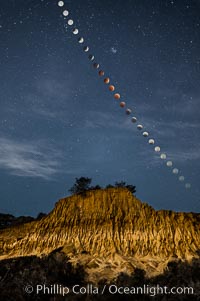
Lunar Eclipse Sequence Over Broken Hill, Torrey Pines State Reserve. While the moon lies in the full shadow of the earth (umbra) it receives only faint, red-tinged light refracted through the Earth's atmosphere. As the moon passes into the penumbra it receives increasing amounts of direct sunlight, eventually leaving the shadow of the Earth altogether. October 8, 2014.
Location: Torrey Pines State Reserve, San Diego, California
Image ID: 29412
Location: Torrey Pines State Reserve, San Diego, California
Image ID: 29412
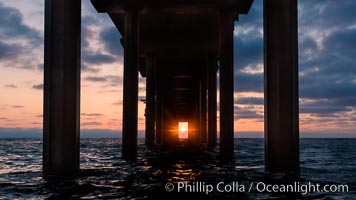
Scripps Pier solstice, surfer's view from among the waves, sunset aligned perfectly with the pier. Research pier at Scripps Institution of Oceanography SIO, sunset.
Location: Scripps Institution of Oceanography, La Jolla, California
Image ID: 30150
Location: Scripps Institution of Oceanography, La Jolla, California
Image ID: 30150
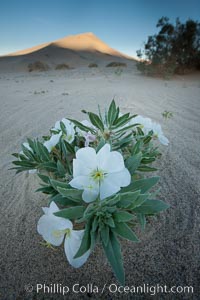
Eureka Valley Dune Evening Primrose. A federally endangered plant, Oenothera californica eurekensis is a perennial herb that produces white flowers from April to June. These flowers turn red as they age. The Eureka Dunes evening-primrose is found only in the southern portion of Eureka Valley Sand Dunes system in Indigo County, California.
Species: Eureka valley dune evening primrose, Oenothera californica eurekensis, Oenothera deltoides
Location: Eureka Dunes, Death Valley National Park, California
Image ID: 25237
Species: Eureka valley dune evening primrose, Oenothera californica eurekensis, Oenothera deltoides
Location: Eureka Dunes, Death Valley National Park, California
Image ID: 25237
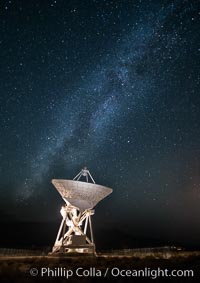
Radio telescope antenna, part of the Very Long Baseline Array (VLBA). The Very Long Baseline Array (VLBA) is a system of ten radio telescopes which are operated remotely from their Array Operations Center located in Socorro, New Mexico, as a part of the National Radio Astronomy Observatory (NRAO). These ten radio antennas work together as an array that forms the longest system in the world that uses very long baseline interferometry.
Location: Big Pine, California
Image ID: 28787
Location: Big Pine, California
Image ID: 28787
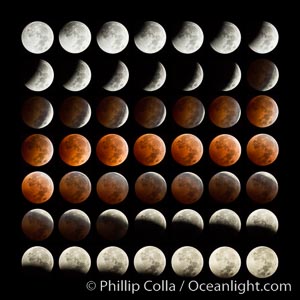
Lunar eclipse sequence. While the moon lies in the full shadow of the earth (umbra) it receives only faint, red-tinged light refracted through the Earth's atmosphere. As the moon passes into the penumbra it receives increasing amounts of direct sunlight, eventually leaving the shadow of the Earth altogether. October 8, 2014.
Image ID: 29411
Panorama dimensions: 8000 x 8000
Image ID: 29411
Panorama dimensions: 8000 x 8000
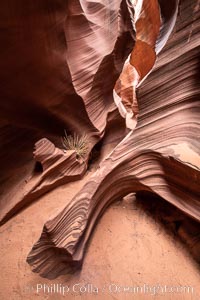
Rattlesnake Canyon, a beautiful slot canyon that is part of the larger Antelope Canyon system. Page, Arizona.
Location: Navajo Tribal Lands, Page, Arizona
Image ID: 36039
Location: Navajo Tribal Lands, Page, Arizona
Image ID: 36039
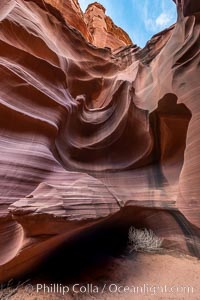
Owl Canyon, a beautiful slot canyon that is part of the larger Antelope Canyon system. Page, Arizona.
Location: Navajo Tribal Lands, Page, Arizona
Image ID: 36030
Location: Navajo Tribal Lands, Page, Arizona
Image ID: 36030

Belt of Venus and Earth Shadow at Dawn. The Belt of Venus is actually alpenglow visible near the horizon during twilight, above the antisolar point. Like alpenglow, the backscatter of reddened sunlight also creates the Belt of Venus. Unlike alpenglow, the sunlight scattered by fine particulates that cause the rosy arch of the Belt shines high in the atmosphere and lasts for a while after sunset or before sunrise.
Location: La Jolla, California
Image ID: 37476
Location: La Jolla, California
Image ID: 37476
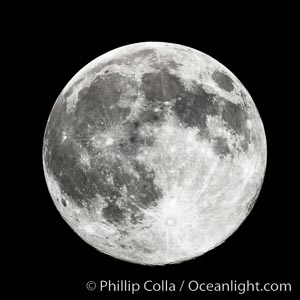
The Moon. Full Moon.
Location: Earth Orbit, Solar System, Milky Way Galaxy, The Universe
Image ID: 26047
Location: Earth Orbit, Solar System, Milky Way Galaxy, The Universe
Image ID: 26047

Sea otters mating. The male holds the female's head or nose with his jaws during copulation. Visible scars are often present on females from this behavior. Sea otters have a polygynous mating system. Many males actively defend territories and will mate with females that inhabit their territory or seek out females in estrus if no territory is established. Males and females typically bond for the duration of estrus, or about 3 days.
Species: Sea otter, Enhydra lutris
Location: Elkhorn Slough National Estuarine Research Reserve, Moss Landing, California
Image ID: 21606
Species: Sea otter, Enhydra lutris
Location: Elkhorn Slough National Estuarine Research Reserve, Moss Landing, California
Image ID: 21606
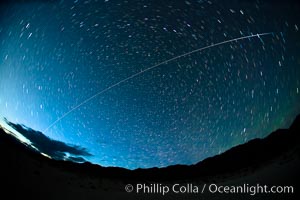
International Space Station flys over Death Valley shortly after sunset.
Location: Earth Orbit, Solar System, Milky Way Galaxy, The Universe
Image ID: 25247
Location: Earth Orbit, Solar System, Milky Way Galaxy, The Universe
Image ID: 25247
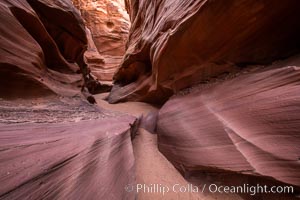
Owl Canyon, a beautiful slot canyon that is part of the larger Antelope Canyon system. Page, Arizona.
Location: Navajo Tribal Lands, Page, Arizona
Image ID: 36028
Location: Navajo Tribal Lands, Page, Arizona
Image ID: 36028
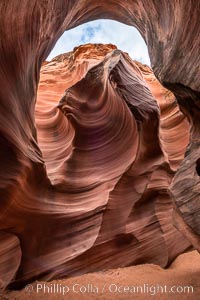
Rattlesnake Canyon, a beautiful slot canyon that is part of the larger Antelope Canyon system. Page, Arizona.
Location: Navajo Tribal Lands, Page, Arizona
Image ID: 36034
Location: Navajo Tribal Lands, Page, Arizona
Image ID: 36034
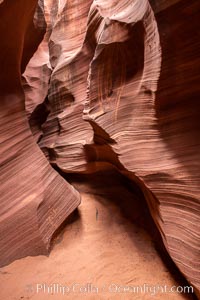
Rattlesnake Canyon, a beautiful slot canyon that is part of the larger Antelope Canyon system. Page, Arizona.
Location: Navajo Tribal Lands, Page, Arizona
Image ID: 36038
Location: Navajo Tribal Lands, Page, Arizona
Image ID: 36038
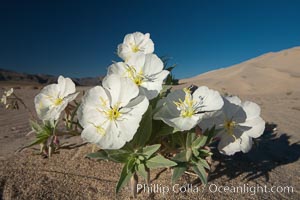
Eureka Valley Dune Evening Primrose. A federally endangered plant, Oenothera californica eurekensis is a perennial herb that produces white flowers from April to June. These flowers turn red as they age. The Eureka Dunes evening-primrose is found only in the southern portion of Eureka Valley Sand Dunes system in Indigo County, California.
Species: Eureka valley dune evening primrose, Oenothera californica eurekensis, Oenothera deltoides
Location: Eureka Dunes, Death Valley National Park, California
Image ID: 25267
Species: Eureka valley dune evening primrose, Oenothera californica eurekensis, Oenothera deltoides
Location: Eureka Dunes, Death Valley National Park, California
Image ID: 25267
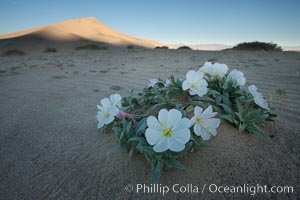
Eureka Valley Dune Evening Primrose. A federally endangered plant, Oenothera californica eurekensis is a perennial herb that produces white flowers from April to June. These flowers turn red as they age. The Eureka Dunes evening-primrose is found only in the southern portion of Eureka Valley Sand Dunes system in Indigo County, California.
Species: Eureka valley dune evening primrose, Oenothera californica eurekensis, Oenothera deltoides
Location: Eureka Dunes, Death Valley National Park, California
Image ID: 25343
Species: Eureka valley dune evening primrose, Oenothera californica eurekensis, Oenothera deltoides
Location: Eureka Dunes, Death Valley National Park, California
Image ID: 25343
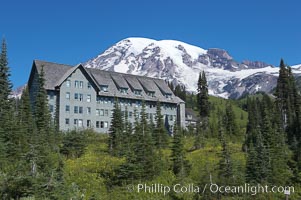
Paradise Inn. The Paradise Inn, one of the grand old lodges of the National Park system, was completed in 1906. Paradise Park, summer.
Location: Mount Rainier National Park, Washington
Image ID: 13907
Location: Mount Rainier National Park, Washington
Image ID: 13907
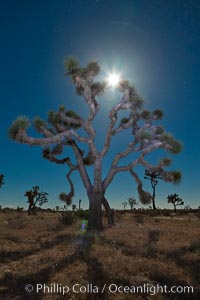
Joshua tree, moonlit night. The Joshua Tree is a species of yucca common in the lower Colorado desert and upper Mojave desert ecosystems.
Species: Joshua tree, Yucca brevifolia
Location: Joshua Tree National Park, California
Image ID: 26721
Species: Joshua tree, Yucca brevifolia
Location: Joshua Tree National Park, California
Image ID: 26721
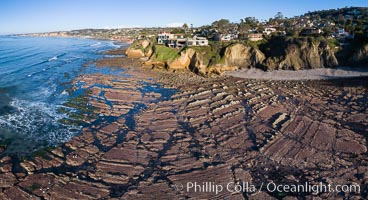
La Jolla Bay submarine reef system on extreme low King Tide, south of La Jolla Shores, aerial panoramic photo.
Location: La Jolla, California
Image ID: 37999
Panorama dimensions: 5103 x 9390
Location: La Jolla, California
Image ID: 37999
Panorama dimensions: 5103 x 9390
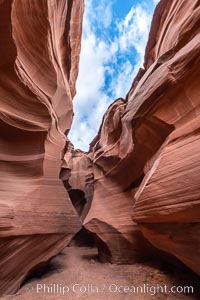
Owl Canyon, a beautiful slot canyon that is part of the larger Antelope Canyon system. Page, Arizona.
Location: Navajo Tribal Lands, Page, Arizona
Image ID: 36032
Location: Navajo Tribal Lands, Page, Arizona
Image ID: 36032
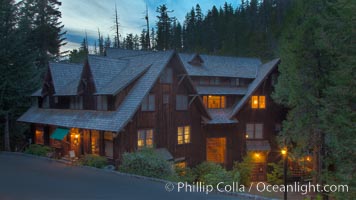
The Chateau at Oregon Caves National Monument. Considered one of the National Park System's classic Great Lodges, and a National Historic Landmark, the Chateau was completed in 1934. The Chateau is a six-story structure with a reinforced concrete foundation and a superstructure of wood frame construction with enormous post and beam interior supports. The building spans a small gorge and a great deal of the building's mass is banked into that depression. Exterior walls are shiplap siding sheathed with cedar bark, giving the building a shaggy, rustic appearance.
Location: Oregon Caves National Monument
Image ID: 25860
Location: Oregon Caves National Monument
Image ID: 25860

Lunar eclipse sequence, showing total eclipse (left) through full moon (right). While the moon lies in the full shadow of the earth (umbra) it receives only faint, red-tinged light refracted through the Earth's atmosphere. As the moon passes into the penumbra it receives increasing amounts of direct sunlight, eventually leaving the shadow of the Earth altogether. August 28, 2007.
Location: Earth Orbit, Solar System, Milky Way Galaxy, The Universe
Image ID: 19391
Panorama dimensions: 1826 x 14162
Location: Earth Orbit, Solar System, Milky Way Galaxy, The Universe
Image ID: 19391
Panorama dimensions: 1826 x 14162
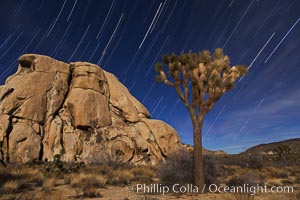
Joshua trees and star trails, moonlit night. The Joshua Tree is a species of yucca common in the lower Colorado desert and upper Mojave desert ecosystems.
Species: Joshua tree, Yucca brevifolia
Location: Joshua Tree National Park, California
Image ID: 27710
Species: Joshua tree, Yucca brevifolia
Location: Joshua Tree National Park, California
Image ID: 27710
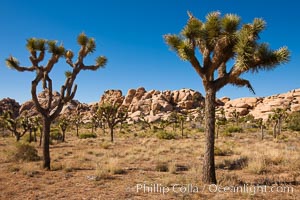
Joshua trees, a species of yucca common in the lower Colorado desert and upper Mojave desert ecosystems.
Species: Joshua tree, Yucca brevifolia
Location: Joshua Tree National Park, California
Image ID: 26732
Species: Joshua tree, Yucca brevifolia
Location: Joshua Tree National Park, California
Image ID: 26732
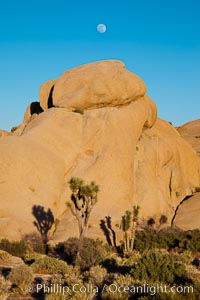
Joshua trees, a species of yucca common in the lower Colorado desert and upper Mojave desert ecosystems.
Species: Joshua tree, Yucca brevifolia
Location: Joshua Tree National Park, California
Image ID: 26724
Species: Joshua tree, Yucca brevifolia
Location: Joshua Tree National Park, California
Image ID: 26724
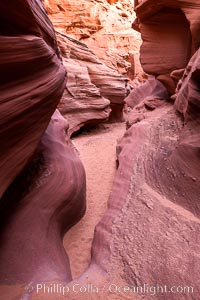
Owl Canyon, a beautiful slot canyon that is part of the larger Antelope Canyon system. Page, Arizona.
Location: Navajo Tribal Lands, Page, Arizona
Image ID: 36029
Location: Navajo Tribal Lands, Page, Arizona
Image ID: 36029
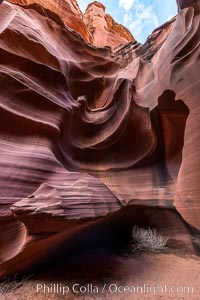
Owl Canyon, a beautiful slot canyon that is part of the larger Antelope Canyon system. Page, Arizona.
Location: Navajo Tribal Lands, Page, Arizona
Image ID: 36031
Location: Navajo Tribal Lands, Page, Arizona
Image ID: 36031
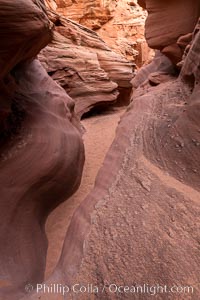
Owl Canyon, a beautiful slot canyon that is part of the larger Antelope Canyon system. Page, Arizona.
Location: Navajo Tribal Lands, Page, Arizona
Image ID: 36033
Location: Navajo Tribal Lands, Page, Arizona
Image ID: 36033
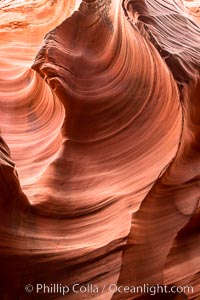
Rattlesnake Canyon, a beautiful slot canyon that is part of the larger Antelope Canyon system. Page, Arizona.
Location: Navajo Tribal Lands, Page, Arizona
Image ID: 36035
Location: Navajo Tribal Lands, Page, Arizona
Image ID: 36035